|
When it comes to delivering exceptional customer experiences while maximising conversions, inbound call handling plays a crucial role. While you may already excel in this area, implementing a few best practices can further enhance your staff's skills and take your inbound call interactions to the next level. In this article, we will explore key practices that can improve your inbound call experiences and increase the conversion rate of your inquiries. Qualifying Prospects: One vital practice is qualifying prospects before diving into product discussions and pricing. Train your staff to ask strategic questions that help assess a caller's suitability for your offerings. This qualification process ensures that your team spends their time and energy on genuinely interested prospects with a higher potential to convert into satisfied customers. Active Listening and Identifying Needs: Encourage your staff to actively listen to callers, seeking to understand their needs and pain points. By identifying their specific requirements, your team can tailor their responses and provide effective personalized solutions that address those needs. Empathy and Professionalism: Foster a culture of empathy and professionalism within your team. Encourage your staff to put themselves in the caller's shoes, showing understanding, patience, and genuine care. By maintaining professionalism, your staff can build trust and leave a positive impression on each caller. Effective Communication: Clear and concise communication is key to successful inbound call experiences. Remind your staff to communicate in a manner that is easy to understand, avoiding unnecessary technical jargon or complicated terminology. Encourage them to use positive and reassuring language, ensuring callers feel heard and valued. Product and Service Knowledge: Equip your staff with in-depth knowledge of your products and services. By being well-versed in the features, benefits, and unique selling points, your staff can confidently discuss your offerings and accurately address caller inquiries. This knowledge instills confidence in the minds of callers and increases the likelihood of conversions. Problem-Solving Skills: Train your staff in effective problem-solving techniques to handle diverse customer scenarios. Encourage them to analyze situations, provide viable options, and follow through with appropriate actions. By showcasing their problem-solving skills, your staff can resolve issues promptly and leave a positive lasting impression. Ongoing Training and Feedback: Training should be an ongoing process. Continuously provide feedback, coaching, and additional training opportunities to help your staff refine their skills and stay mindful of best practices. This investment in their development will reflect positively on your bottom line. Conclusion: Implementing these best practices can significantly improve your inbound call experiences and boost the conversion rate of your inquiries. By qualifying prospects, actively listening, demonstrating empathy, communicating effectively, leveraging product knowledge, honing problem-solving skills, and providing ongoing training and feedback, your staff can deliver exceptional customer experiences that result in increased conversions. Mastering inbound call handling is a worthwhile investment that will enhance your business's reputation and drive growth. We would love to hear your thoughts on these practices and how they align with your own experiences. Feel free to share your feedback and insights in the comments. Warm regards, Patrick Actual Impact Consulting Image from freepik.com
0 Comments
Today, I want to tackle a question that often arises when seeking to increase profits: Is it more important to focus on paid ads or content creation? While there's no one-size-fits-all answer, striking the right balance between paid ads and content creation can be the key to unlocking substantial profit growth. Let's explore the unique benefits of each and how they can work in harmony to fuel your success. Paid Ads: Rapid Reach and Targeted Conversion Paid advertising offers unparalleled speed and precision when reaching your target audience and driving conversions. Investing in targeted ads can rapidly increase your brand visibility, capture attention, and generate leads. Paid ads provide the advantage of laser-targeted reach, enabling you to connect with the specific individuals who are most likely to convert. This focus ensures your message reaches those with the highest potential, optimising your return on investment. Additionally, paid ads deliver faster results than organic content creation, making them ideal for time-sensitive promotions or quick market share gains. With scalability and control, you can expand your reach and refine campaigns for maximum impact. Content Creation: Nurturing Engagement and Long-Term Value. Content creation is pivotal in establishing brand authority, nurturing engagement, and fostering long-term relationships with your audience. Valuable content positions you as an industry expert, builds trust, and creates a loyal customer base. Through engaging articles, informative videos, and insightful podcasts, you establish yourself as a trusted authority, attract organic search engine visibility, and foster a community of loyal supporters. Striking the Balance: Leveraging the Best of Both Worlds. The key to maximising profit growth is striking the right balance between paid ads and content creation. While paid ads deliver immediate results, content creation establishes a foundation for long-term success. By integrating the two, you can leverage the strengths of each to drive profits. Invest in targeted ads to quickly reach your desired audience, generate leads, and boost conversions. Pair paid ads with valuable content that nurtures engagement, builds brand loyalty, and fosters ongoing relationships. Continually optimise your paid ad campaigns and content strategy based on data-driven insights to refine and amplify your results. Conclusion: Finding the perfect balance between paid ads and content creation is crucial for sustainable profit growth. By evaluating your business objectives, industry dynamics, and target audience, you can fine-tune your approach. At Actual Impact Consulting, we understand the importance of this balance and are here to support you in achieving remarkable success. If you have any questions or need tailored guidance, please don't hesitate to reach out. We're dedicated to helping you navigate the ever-changing landscape of digital marketing and drive your profit growth. Author: Patrick Loke E: [email protected] In business, generating leads is only the first step towards success. What truly sets thriving businesses apart is their ability to nurture and convert those leads into loyal customers. However, many entrepreneurs face the challenge of effectively managing their leads and ensuring consistent follow-up. In this blog post, we will share a success story of a recent client who struggled with leads falling through the cracks and how we helped them overcome this obstacle using a simple and free Customer Relationship Management (CRM) system.
The Challenge: Lost Opportunities and Inconsistent Follow-Up Our client, Simon, a passionate entrepreneur running a growing business, was experiencing frustration and missed opportunities. Despite generating a significant number of leads, he found it challenging to keep track of each lead's progress, resulting in missed follow-up opportunities and potential customers slipping away. The lack of a structured system for lead management was becoming a significant obstacle to his business growth. The Solution: Implementing a Powerful, Yet Free CRM Recognising the urgent need for a streamlined lead management system, we introduced Simon to a well-designed and free CRM solution. By leveraging the power of this CRM, we were able to address Simon's pain points and help him establish a consistent follow-up process for his leads.
The implementation of the free CRM proved to be a game-changer for Simon's business. With a structured lead management system in place, he experienced a multitude of benefits:
In the case of our client Simon, the implementation of a simple and free CRM from HubSpot brought a dramatic turnaround in his lead management and follow-up process. By centralizing lead information, automating tasks, and leveraging data-driven insights, Simon was able to rescue potential lost opportunities and significantly improve his lead conversion rates. The CRM became a vital tool in nurturing relationships with leads and driving business growth. If you find yourself struggling with inconsistent follow-up and leads falling through the cracks, consider exploring a free CRM solution that aligns with your business In the realm of business, effective communication is the key to unlocking success. For Christine, a driven entrepreneur, converting leads into clients was proving to be a daunting task. She often stumbled, felt flustered, and found herself resorting to price-based conversations instead of leading with value. However, we were determined to help her overcome these challenges and develop a structured call-flow that would boost her confidence and conversion rates. In this blog post, we'll share how our approach transformed Christine's lead conversion process, enabling her to convert more clients while focusing on value-driven discussions. The Challenge: Stumbling Conversations and Price-Based Focus Christine, a talented professional in her field, possessed immense knowledge and expertise, but when it came to handling inbound and outbound inquiries and phone calls, she encountered several roadblocks. Her conversations lacked structure and clarity, often leading to confusion and missed opportunities. Moreover, she frequently found herself falling into the trap of price-based discussions, unable to effectively communicate the unique value she offered. The Solution: Implementing a Structured Call-Flow Recognising the need to instill confidence and structure in Christine's lead conversion process, we developed a tailored and structured call-flow system. This approach allowed her to guide conversations smoothly, focus on value-driven discussions, and effortlessly navigate inquiries and phone calls.
The implementation of the structured call-flow system yielded remarkable results for Christine:
For Christine, the transformation from stumbling conversations and price-based discussions to a structured call-flow system was a game-changer. By embracing a systematic approach, she gained confidence, focused on value-driven discussions, and effectively converted more leads into clients. Through active listening, personalized value propositions, and objection-handling techniques, Christine was able to showcase her expertise and demonstrate the significant value she provided. If you find yourself struggling with lead conversion, consider implementing a structured call-flow to unleash your true potential and elevate your business to new heights. |
AuthorPatrick Loke is the founder of Actual Impact Consulting and Portrait Photography Profits. He has over 20 years experience owning and running both online and traditional businesses. He has performed as a sales and marketing consultant to small and medium sized enterprises since 2012. Archives
July 2023
Topics
All
|







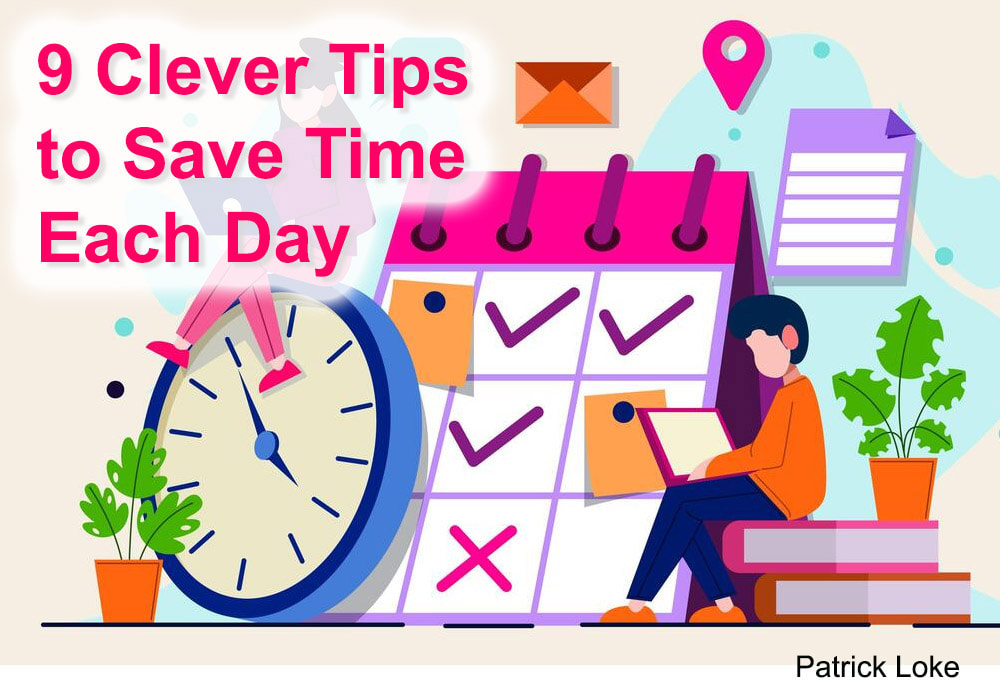

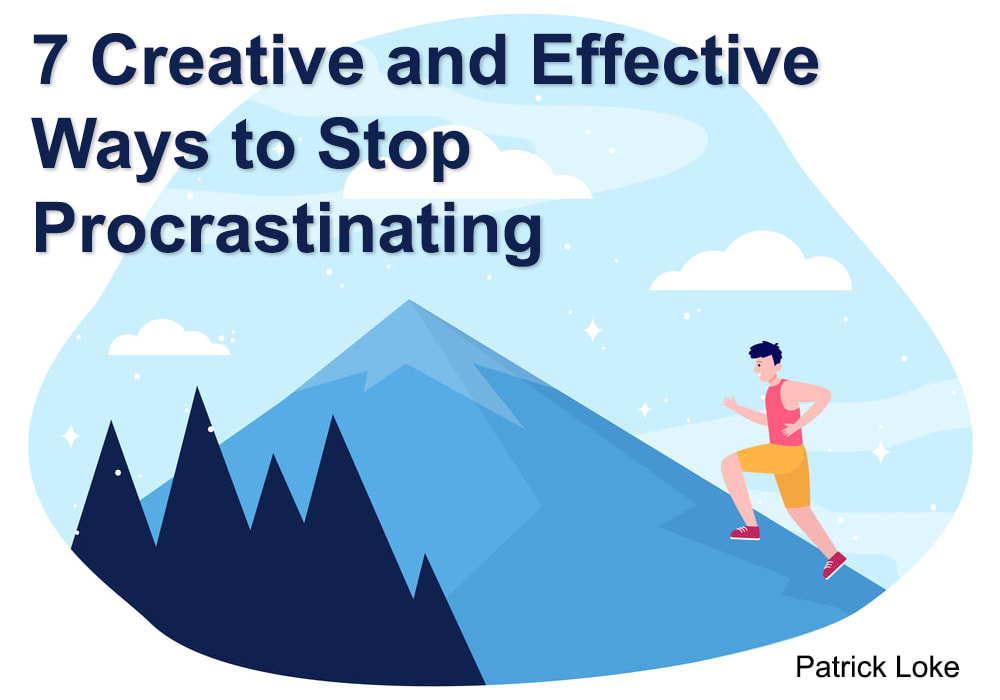
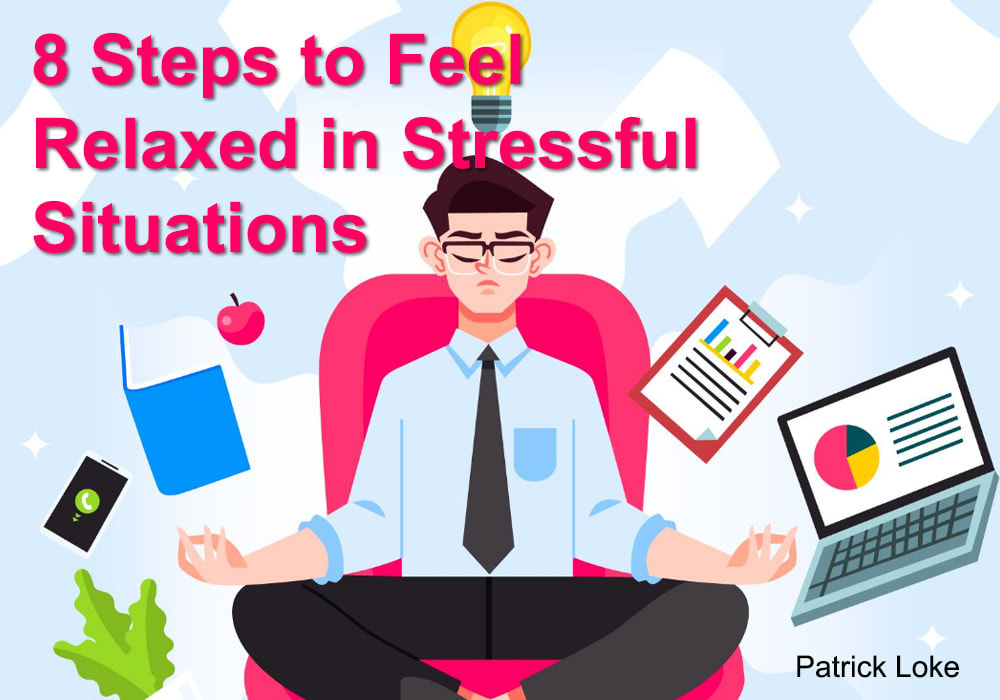

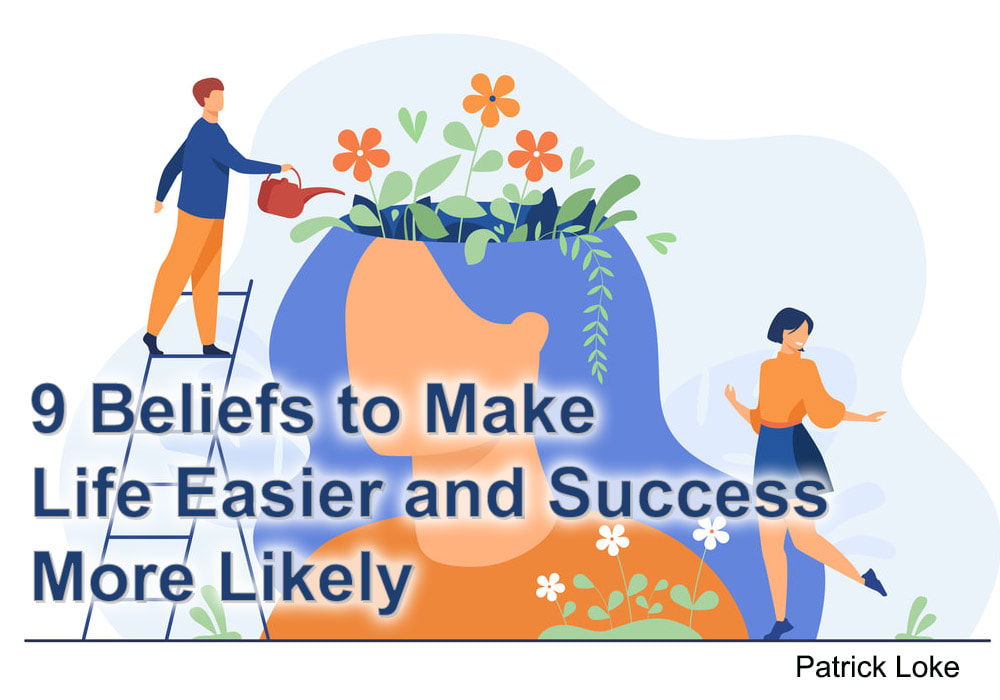

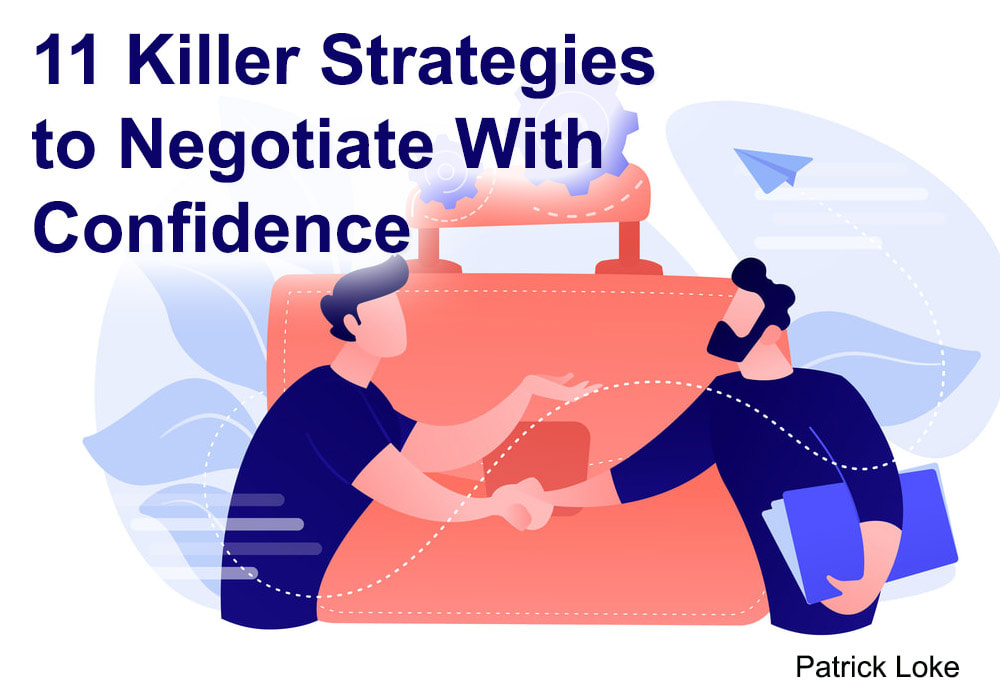
 RSS Feed
RSS Feed